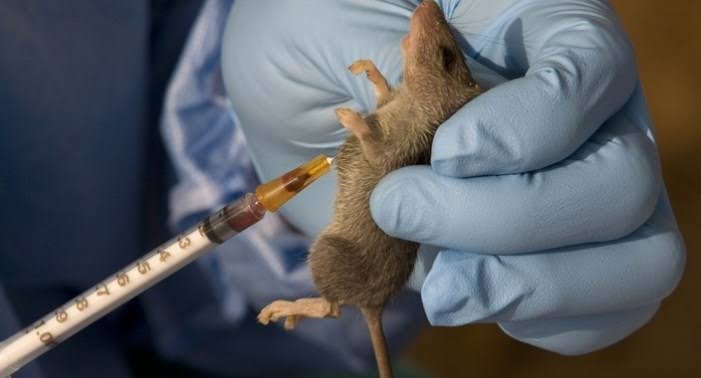As the war on Lassa Fever continues Nigeria Centre for Disease Control (NCDC) yesterday declared a state of emergency in its war against Lassa fever outbreaks.
The follows from successive decline in cases below the emergency threshold, and an epidemiological review carried out by NCDC in collaboration with World Health Organisation (WHO).
Speaking in a release, Director-General of NCDC, Chikwe Ihekweazu, noted that since the beginning of the outbreak, 979 confirmed cases, including 188 deaths, had been recorded from 27 states, including the Federal Capital Territory, as at April 9, 2020.

Ihekweazu equally noted that the Lassa fever case counts had significantly declined in the last three weeks and dropped below levels considered to be a national emergency, particularly in the last four months when NCDC in collaboration with Federal Ministry of Environment and Federal Ministry of Agriculture and Rural Response led the Lassa fever response activities across the country
Read Also: See How Much FG Will Give Any Nigerian Who Finds Cure For Coronavirus, Lassa…
Lassa fever is an animal-borne, or zoonotic, acute viral illness. It is endemic in parts of West Africa including Sierra Leone, Liberia, Guinea and Nigeria.
Neighboring countries are also at risk, as the animal vector for Lassa virus, the “multimammate rat” (Mastomys natalensis) is distributed throughout the region.
According to World Health Organization (WHO), From 1 January through 9 February 2020, 472 laboratory confirmed cases including 70 deaths (case fatality ratio= 14.8%) have been reported in 26 out of 36 Nigerian states and the Federal Capital Territory. Of the 472 confirmed cases, 75% have been reported from three states: Edo (167 cases), Ondo (156 cases) and Ebonyi (30 cases).
The other states that have reported cases include : Taraba (25), Bauchi (14), Plateau (13), Kogi (13), Delta (12), Nasarawa (4), Kano (4), Rivers (4), Enugu (4), Borno (3), Kaduna (3), Katsina (3), Benue (2), Adamawa (2), Sokoto (2), Osun (2), Abia (2), Kebbi (2), Gombe (1), Oyo (1), Anambra (1), FCT (1), and Ogun (1).
Fifteen confirmed cases have been reported among health care workers with one death among a confirmed case and one among a probable case.
Lassa fever is endemic in Nigeria and the annual peak of human cases is usually observed during the dry season (December–April) following the reproduction cycle of the Mastromy rats in the wet season (May – June).
Read Also: Lassa Fever Now In 27 States – Health Minister Reveals
Given that 90-95% of human infections are due to indirect exposure to (through food or household items contaminated by infected rats’ urine and faeces) or direct contact with infected Mastomys rats, the very high density and high circulation of Lassa fever virus in young non-immune rat population during the wet season create a potential for further human infection, thus, the number of infections is expected to continue to rise until the end of the dry season.
Follow us on Facebook
Post Disclaimer
The opinions, beliefs and viewpoints expressed by the author and forum participants on this website do not necessarily reflect the opinions, beliefs and viewpoints of Anaedo Online or official policies of the Anaedo Online.




